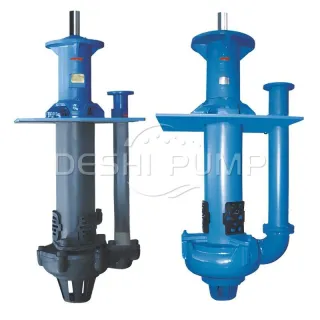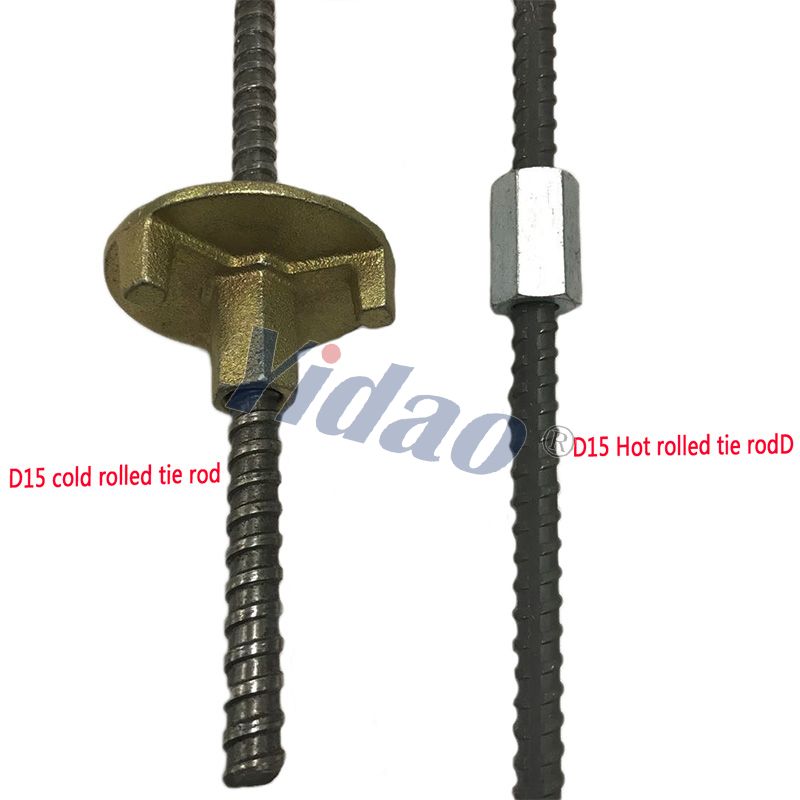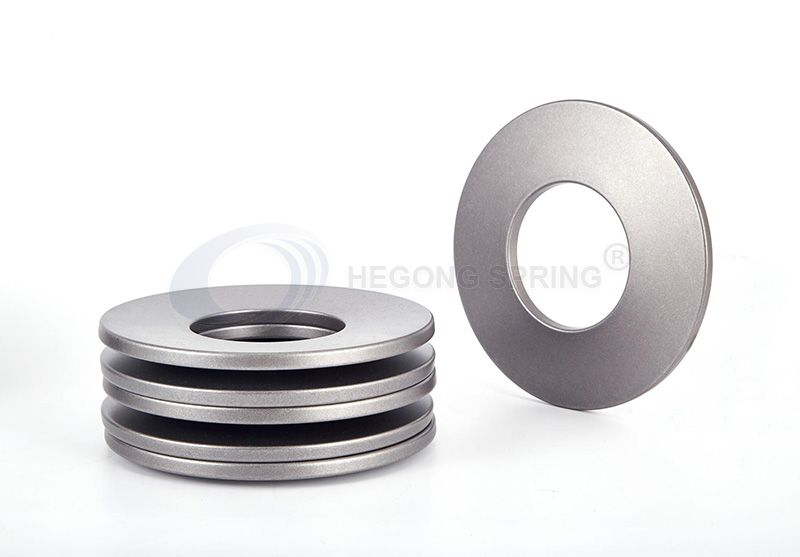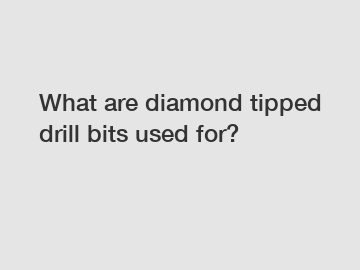- Automobiles & Motorcycles
- Beauty & Personal Care
- Business Services
- Chemicals
- Construction & Real Estate
- Consumer Electronics
- Electrical Equipment & Supplies
- Electronic Components & Supplies
- Energy
- Environment
- Excess Inventory
- Fashion Accessories
- Food & Beverage
- Furniture
- Gifts & Crafts
- Hardware
- Health & Medical
- Home & Garden
- Home Appliances
- Lights & Lighting
- Luggage, Bags & Cases
- Machinery
- Measurement & Analysis Instruments
- Mechanical Parts & Fabrication Services
- Minerals & Metallurgy
- Office & School Supplies
- Packaging & Printing
- Rubber & Plastics
- Security & Protection
- Service Equipment
- Shoes & Accessories
- Sports & Entertainment
- Telecommunications
- Textiles & Leather Products
- Timepieces, Jewelry, Eyewear
- Tools
- Toys & Hobbies
- Transportation
Choosing the Right Rubber Slurry Pump: A Comprehensive Buyer's Guide
In industries such as mining, mineral processing, and wastewater treatment, the handling of abrasive and corrosive slurries is a common challenge. Rubber slurry pumps have become essential tools for efficiently moving these challenging fluids. However, selecting the right rubber slurry pump for your specific application is crucial for optimal performance and cost-effectiveness. In this comprehensive buyer's guide, we'll walk you through the key factors to consider when choosing a rubber slurry pump.
Understanding the Basics
Before diving into the selection process, it's essential to understand the basic components of a rubber slurry pump:
Impeller: The rotating component that creates the flow of the slurry.
Casing: The outer shell that contains the slurry and directs it through the discharge point.
Rubber Liner: The internal lining made of abrasion-resistant rubber that comes into direct contact with the slurry.
Shaft and Bearing Assembly: Responsible for transmitting power to the impeller and supporting its rotation.
Key Considerations for Choosing a Rubber Slurry Pump
Slurry Characteristics: Understand the specific properties of the slurry you'll be handling. Factors to consider include particle size, density, abrasiveness, and corrosiveness. Select a pump that is designed to handle these properties effectively.
Flow Rate and Head: Determine the required flow rate (in gallons per minute or cubic meters per hour) and head (pressure or elevation difference) for your application. This information is crucial for pump sizing.
Material Compatibility: Ensure that the materials used in the pump, including the rubber liner, are compatible with the slurry composition to prevent wear and corrosion.
Pump Type: Choose between different pump configurations, such as horizontal or vertical pumps, depending on the installation space and application requirements.
Further reading:Understanding the Benefits and Features of Cylindrical Lever Locks
How to Choose a Machine Vise?
What are Tapered Roller Thrust Bearings?
When And How To Use Non-Sparking Tools
What are the limitations of aluminum extrusion?
How to Choose The best Hotel Faucet
How to Choose the Right Roller Bearings for Your Needs
Efficiency: Consider the pump's hydraulic efficiency, which directly impacts energy consumption and operating costs.
Maintenance and Serviceability: Opt for a pump design that allows for easy maintenance and replacement of wear parts, such as the rubber liner.
Total Cost of Ownership (TCO): Assess not only the upfront purchase cost but also ongoing operational costs, including maintenance and energy consumption, to determine the TCO of the pump.
Manufacturer Reputation: Choose a reputable manufacturer known for producing reliable and durable rubber slurry pumps. Check for warranties and customer support.
Pump Selection Process
Gather Application Data: Collect all relevant data about your slurry and system requirements, including flow rate, head, slurry properties, and installation constraints.
Consult with Experts: Engage with pump experts or manufacturers' technical teams to discuss your specific needs and obtain recommendations.
Compare Options: Evaluate multiple pump models based on their performance, efficiency, and compatibility with your application.
Consider Redundancy: In critical applications, consider redundancy by using multiple pumps to ensure continuous operation in case of maintenance or failures.
Installation and Maintenance: Follow proper installation guidelines and establish a routine maintenance schedule to maximize the pump's lifespan and performance.
Choosing the right rubber slurry pump is essential for maintaining efficient operations while minimizing downtime and maintenance costs. By carefully assessing your slurry's characteristics, application requirements, and considering factors like material compatibility and efficiency, you can make an informed decision that ensures optimal performance and longevity for your rubber slurry pump. Investing time in the selection process can lead to substantial savings and enhanced productivity in the long run.
How do Belleville disc springs work?
Advantages and Applications of Thread Bar
What are the advantages of Belleville washers?
How are Titanium Tools Made?
How to Install Threaded Bar Anchors for Concrete?
What Are the Common Uses of Domed Nuts?
The Science Behind Tri-cone Drilling Bits: How Do They Conquer the Earth's Depths?
Related Articles
If you are interested in sending in a Guest Blogger Submission,welcome to write for us!














Comments
0